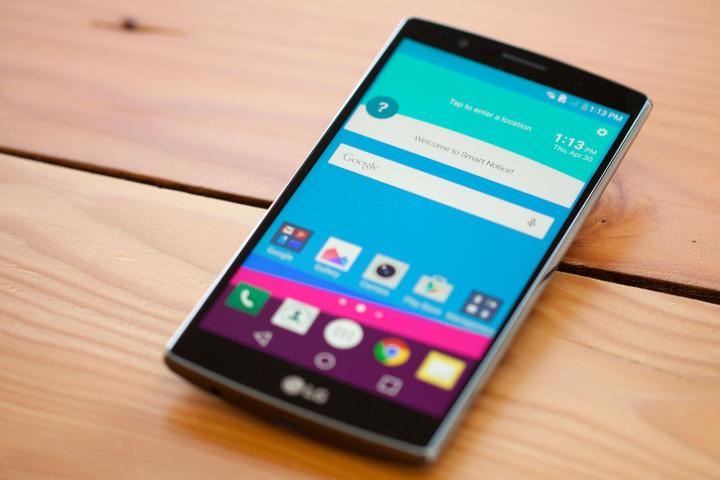
Android vendors were mostly to blame. ComTech reports that a significant slice of Android phone buyers — 43 percent — said price influenced their purchasing decision most strongly, a mentality that LG in particular was successful at translating into sales. According to ComTech, LG doubled its market share and nabbed a top spot on the list of U.S. phone vendors last quarter. (ComScore places it at third with an 8 percent market share, behind Samsung’s 29.3 percent and Apple’s 41.3 percent.) Samsung and LG “[increased] their share sequentially” in the U.S. this past quarter, said ComTech research chief Carolina Milanesi.
But Android fared worse elsewhere, primarily in the countries where the iPhone gained. Device sales were “mixed” in Europe overall last quarter and were especially poor in Germany — ComTech Europe business director Dominic Sunnebo said that Android recorded its biggest market share drop in the country since the beginning of 2015. The iPhone, on the other hand, saw its year-over-year market share bump in France for the first time this year.
The iPhone’s success can be largely attributed to European tastes, said Sunnebo. “The size of the screen was the main purchase driver for Android buyers across [Great Britain, Germany, France, Italy, and Spain],” he said, representing a niche preference. Sunnebo added that, “Although screen size has grown in importance as a purchase driver since the launch of the iPhone 6 and 6 Plus, iOS buyers are generally driven by a wider list of factors, such as phone reliability and durability, as well as the quality of the materials.”
This is a phenomenon Apple CEO Tim Cook alluded to during the company’s Q2 earnings call. “We continue to see a higher rate of switchers than we have seen in previous cycles,” said Cook. “The current iPhone lineup experienced the highest Android switcher rate in any of the last three launches in the three previous years.”
But that isn’t the case everywhere. Android continues to dominate in China, accounting for an estimated 79 percent of smartphone sales last quarter. And analytics firm Canalys reported that Android device maker Xiaomi trounced Apple for the first time since last year in Q2. Thank marketing — according to Tamsin Timpson, strategic insight director at ComTech Asia, top Chinese smartphone companies Huawei and Xiaomi managed to drive sales by “extending themselves beyond their initial market positioning” and “attracting a younger and more affluent base.”


